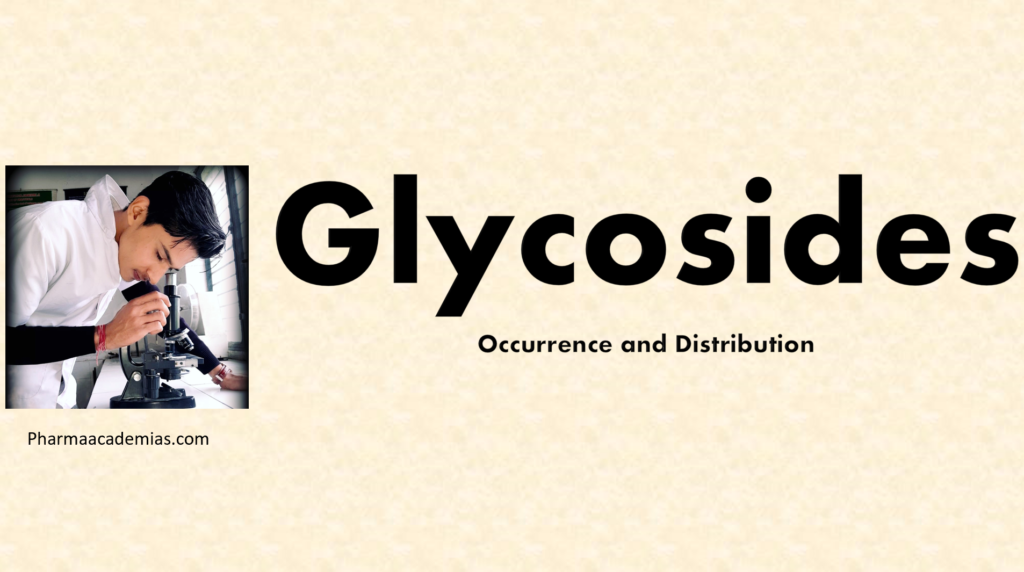Glycosides consist of a glycone (sugar) moiety and an aglycone (non-sugar) moiety. Plants, animals, and microorganisms widely distribute them in nature. Due to their diverse biological properties, glycosides find various therapeutic activities and pharmaceutical applications, making them integral in medicine. Some common therapeutic activities and pharmaceutical applications of glycosides include: 1. Cardiovascular Effects Certain glycosides, […]
Day: November 17, 2023
Molisch’s Test
Molisch’s test is a chemical test widely used to detect the presence of carbohydrates, and it can be applied to identify glycosides, compounds containing a sugar moiety. Here is a detailed note on Molisch’s test for glycosides: Principle of Molisch’s Test Molisch’s test is based on the principle of dehydration and subsequent condensation reactions. Under […]
Legal’s classic chemical test is frequently utilized in qualitatively identifying carbohydrates, including sugars present in glycosides. Glycosides comprise a sugar moiety (glycone) and a non-sugar moiety (aglycone or genin) connected through a glycosidic linkage. The test relies on the dehydration of sugars in the presence of concentrated sulfuric acid, forming furfural and hydroxymethylfurfural, which results […]
Identification of Glycosides
Identifying glycosides involves a series of tests and analytical techniques to determine these compounds’ presence, structure, and characteristics. Here are some common methods used for the identification of glycosides: 1. Chemical Tests Legal’s Test:Observe the reaction mixture for any color change. The development of a brown-to-black color characterizes a positive result. Molisch’s Test: A positive […]
Isolation of glycosides
The isolation of glycosides from natural sources involves several steps to extract, separate, and purify these compounds. Here’s a general outline of the process: 1. Selection of Source Material Choose a plant or microbial material that contains the desired glycosides based on botanical knowledge or prior research. 2. Extraction Employ suitable extraction methods to obtain […]
Glycosides are organic compounds with a sugar molecule (glycone) bound to a non-sugar component (aglycone or genin) through a glycosidic linkage. The glycosidic linkage involves the sugar moiety’s attachment to the non-sugar moiety’s hydroxyl group. These compounds are widely distributed in nature and can be found in plants, microorganisms, and, to a lesser extent, in […]






